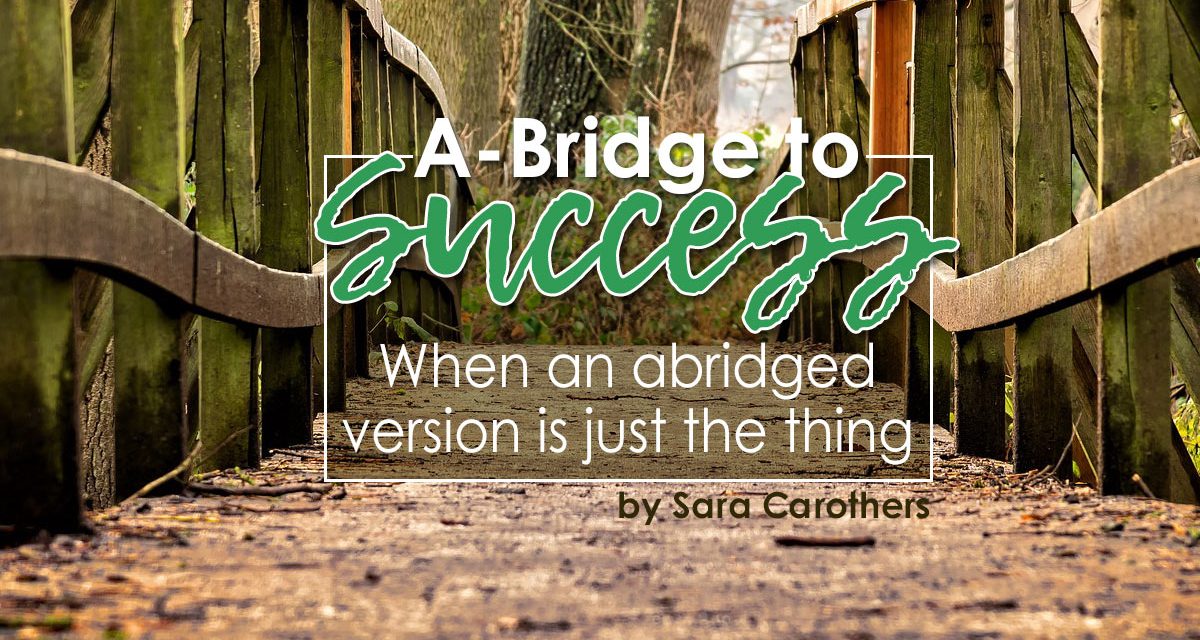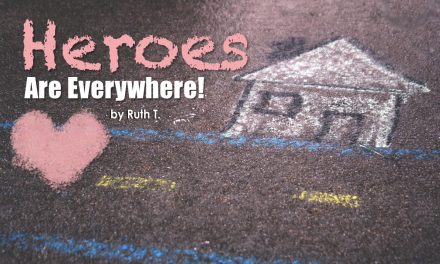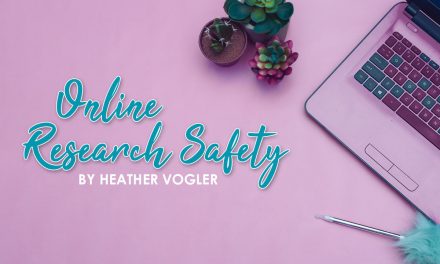An abridged version of a book or audiobook is one that that been shortened from the original, but has kept the story line, tone, mood, and theme of the original, while an unabridged version has been kept as originally written. College-prep high school courses, for example, often require a student to read the unabridged version of a literary work. This has contributed to the abridged versions getting a bad rap in recent years.
I remember being in high school and students would run to get the Cliffs Notes version of a book so they didn’t have to read the whole thing for an assignment. I also remember thinking, “Why would you not want to read a book?” I loved reading books! I see now they were reading a highly abridged version of the novel as a short cut, an easy out. Obviously, this has contributed to the devaluing of abridged books in general, but let’s have a look at some series that do abridged books well.
However, there are some really good reasons to use abridged books in your home school.
Textbooks abridge stories all the time to make them fit the format of a literature survey course. You might read certain chapters from a classic tale; students will then read the entire book on their own. And then, there are abridged novels themselves. These can be shorted by half or even more from the original. An editor will remove content deemed extraneous while keeping the main story intact. Think of it as reading a less wordy version of the original.
Now, think of a struggling reader. This is one audience for abridged versions. Abridged versions make difficult content accessible to a wider audience.
Another audience is the young reader. One might read an abridged version of Shakespeare or Mark Twain at a young age, then read the original version later. It’s a way to introduce kids to classic literature in a format they can read themselves.
Here are some abridged versions that I love that can be used with wonderful results.
EdCon Classic Worktexts are for students grades 1-5 and contain a complete adaptation of stories broken into 10 chapters. Vocabulary lists, comprehension questions, even a synopsis of the story bring the important elements to focus for the reader. Since this series includes books written at lower reading levels (like Adventures of Huckleberry Finn at a 1st grade reading level), these can be used for remediation.
Parallel Text Shakespeare is for grades 7-12. There are 4 components to each play: text, teacher guide, student workbook, and teacher workbook. The text shows the original version on the left-hand page and a modern language interpretation on the right-hand page. The student can see both versions at once and compare! Questions and writing prompts help the student dig deeper. No Fear Shakespeare has the same parallel format and makes something that’s typically challenging to read actually achievable, even enjoyable. Shakespeare for Kids is a fantastic way to test drive the Bard with students in grades 2-6.
Classic Starts are books and audio CDs for the younger reader, about grades 2 and up. Timeless stories are carefully rewritten. Experience 20,000 Leagues Under the Sea, Adventures of Robin Hood, White Fang and many more titles. Older students can enjoy these adventurous tales as well. But these Starts bring a reluctant reader to great literature.
Treasury of Illustrated Classics are charming hardcover versions of favorite stories for about grades 3-8. These will transition a reader to chapter books. Abridged versions have black and white illustrations scattered throughout, aiding the reader in understanding the storyline.
The Graphic Legends series from Usborne is for grades 4-9. In this realistic, comic-book style, the reader can follow the story of the Three Musketeers or King Arthur with dialogue bubbles and narrative boxes. The reluctant reader gets an overview of the classic novel in an appealing presentation. They are likely to read them again and again!
Graphic Novel adaptations are particularly appealing to a visual student, one who responds to color. They can read classics like The Iliad, The Giver, and A Wrinkle in Time and get more out of their time spent. These are for middle grades and high school students. The visual element is somewhat like reading a play. And if you want to read an actual play, check out Graphic Shakespeare with parts of 5 plays! In all of these, the text is close to the original but made to fit the space and formatting.
And for the very young, check out Baby’s Classics for the pre-school set!
How about that? Look at all the help that is out there to make good literature appealing to a wide variety of learners! You are not compromising by using an abridged edition. Instead, you are making it accessible to someone who may be intimidated at the idea of reading the original. ~ Sara





